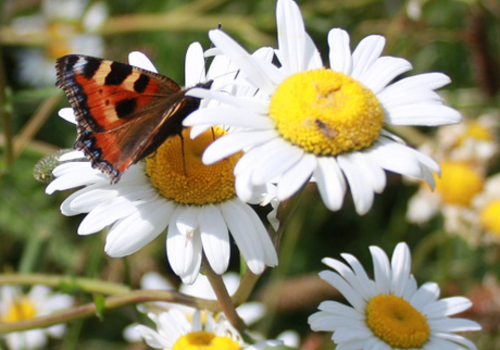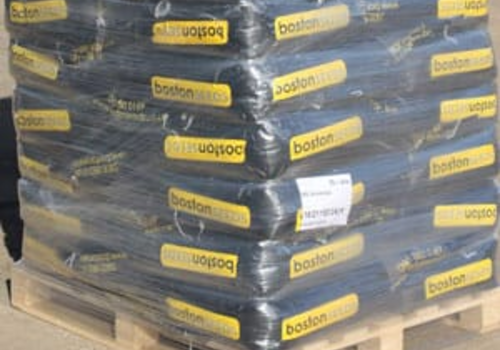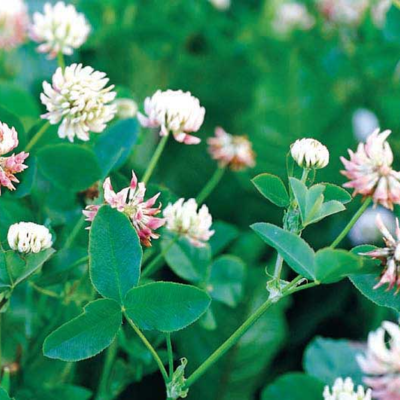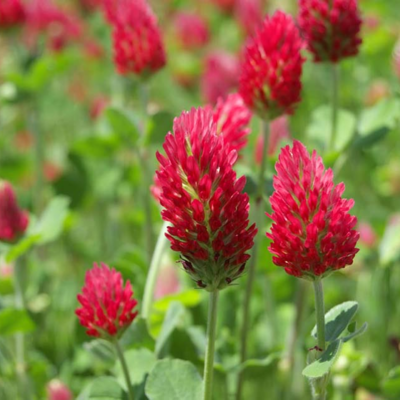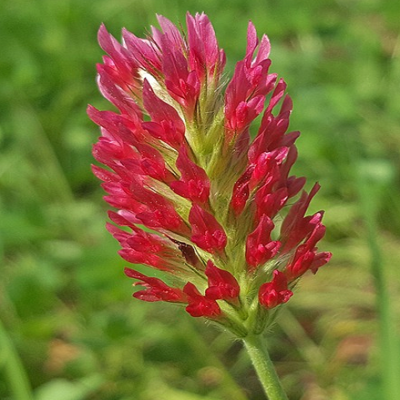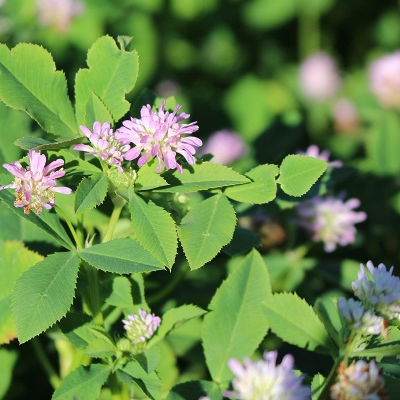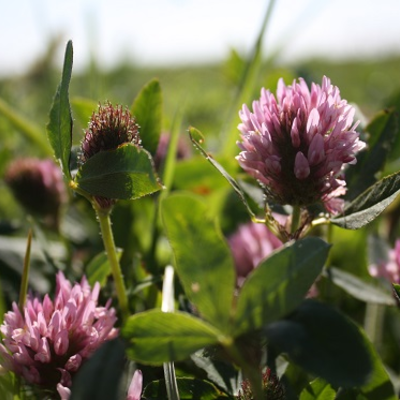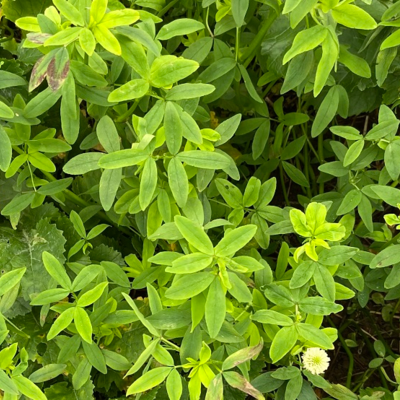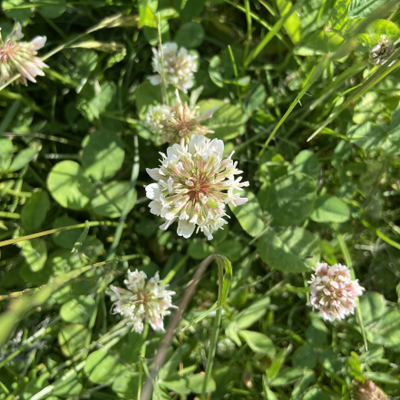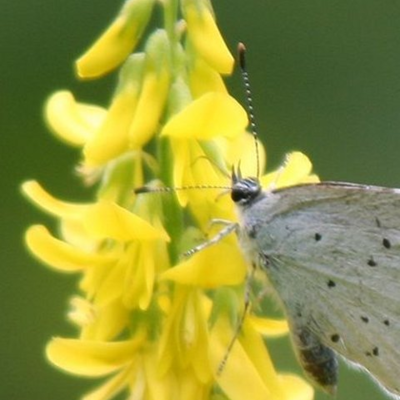Clover Cover Crops
Clover are the go to cover crop for nitrogen fixing, suitable for use on their own or combined with other crops to achieve maximum benefits within crop rotations. We welcome enquiries for bespoke mixtures and have expert staff on hand to offer advice.
Don't hesitate to get in touch to speak to one of our experts or request a catalogue to view our full range. Ordering regularly or looking for large volumes? Click here to apply for a trade account today - we review all applications within one working day.
A nitrogen fixing legume which is better adapted to wet, acidic soils and cooler temperatures. Requires shallow sowing and a firm seedbed.
- Scandinavian origin and better adapted than Red or White Clover to wet acid soils and cooler conditions
- Growth habit similar to Red Clover
- Lower yielding of biomass
- Requires shallow sowing and a firm seedbed
- Sowing rate: 25kg per acre. Packsize: 25kg

Boston Seeds are proud to supply the EnviroSeeds range for biodiversity and sustainable farming.
Crimson clover is a brightly coloured legume which attracts a large numbers of insects. Tolerant of poor soils provided they are alkaline and free draining.
- Excellent weed suppressor, fast establishing and good nitrogen fixer
- Lower yields of biomass than Red Clover but has much shorter growing period
- Biomass degrades very quickly in the soil releasing nutrients for future crops
- Will over-winter in Southern England for autumn sowing and spring incorporation
- Sowing rate: 15kg / ha
Crimson clover is a brightly coloured legume which attracts a large numbers of insects. Tolerant of poor soils provided they are alkaline and free draining.
- Excellent weed suppressor, fast establishing and good nitrogen fixer
- Lower yields of biomass than Red Clover but has much shorter growing period
- Biomass degrades very quickly in the soil releasing nutrients for future crops
- Will over-winter in Southern England for autumn sowing and spring incorporation
- Sowing rate: 15kg / ha
Persian clover is an is an annual, nitrogen fixing legume which is widely used across Europe and is useful as a forage plant.
- Spring sown for grazing and cutting or autumn sown, for rapid spring growth
- An efficient nitrogen fixing legume to assist future crops
- Suitable for use with poorer soils and drought conditions
- Compatible in seed mixtures with grass and legumes
- Sowing rate: 7-10kg / ha
Red clover is an aggressive, nitrogen fixing plant which is an effective weed suppressor. Good for improving and aerating soil structure.
- A shorter term alternative to White Clover, will usually last for two years
- An aggressive plant, providing a large mass of green vegetation
- Fixes large amounts of atmospheric nitrogen which is released once ploughed in
- Large tap root which penetrates deep into the ground, improving soil structure
- Sowing rate: 15kg / ha

Boston Seeds are proud to supply the EnviroSeeds range for biodiversity and sustainable farming.
Tabor berseem clover is an annual, nitrogen-fixing legume often used in forage or green manures and as a key variety for companion cropping with oilseed rape.
- Suitable for Sustainable Farming Incentive (SFI): IPM3 CIPM3
- The only single-cut berseem clover variety - does not regrow after frost kill
- Compatible in seed mixtures with grass and legumes
- Nitrogen fixing legume with rapid growth and establishment
- Sow from spring to early autumn. Not frost tolerant
- Sowing rate: 15kg/ha.
White clover is widely used throughout the UK. It is an important element of many silage and grazing mixtures, thanks to its persistence and nitrogen fixing properties.
- A longer term and more persistent option than Red Clover
- Very palatable for livestock and high in protein
- Continued defoliation stimulates root growth and nitrogen fixation
- Prefers to be shallow sown into a fine, firm seed bed
- Sowing rate: 5-10kg / ha
Yellow Blossom Clover is a biennial plant that can persist for several years due to its self regenerating properties.
- A deep rooted legume that improves soil structure and fertility
- Nectar rich specie which attracts pollinators to aid future crops
- Often sown with Kale to help provide cover in the first year
- Stems become woody in second year to help with standing
- Sowing rate: 5kg / ha
Buy With Confidence

